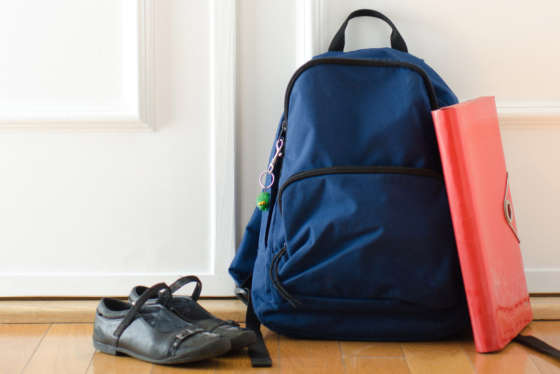WASHINGTON — You wake up earlier than usual. It’s been a long week at work and you’re exhausted. But your daughter has an essay due for her reading class that she promised she’d finish over breakfast, so you’re up.
To get things moving (which is always tough in the morning), you head down to the kitchen and open up her backpack to pull out her half-written assignment before getting her out of bed.
It’s at that moment that you see something else, and let out a labored sigh … an empty pre-algebra work sheet stuffed in the front. And yup, due date: TODAY
Sound familiar?
The details may differ, but chances are, if you’re a parent with kids in school, staying organized is a “work in progress.” And unfortunately, issues with organization end up spilling over to other aspects of school: attendance, grades, confidence, motivation.
Woody Allen once said “80 percent of success is showing up.”
And I would argue that in school, 80 percent of success is actually just staying organized.
Here’s the good news, though: There are a few simple, easy-to-start tools, tricks and routines that can get your child (and the rest of your family) a whole lot more organized this school year. Here are the top six tips:
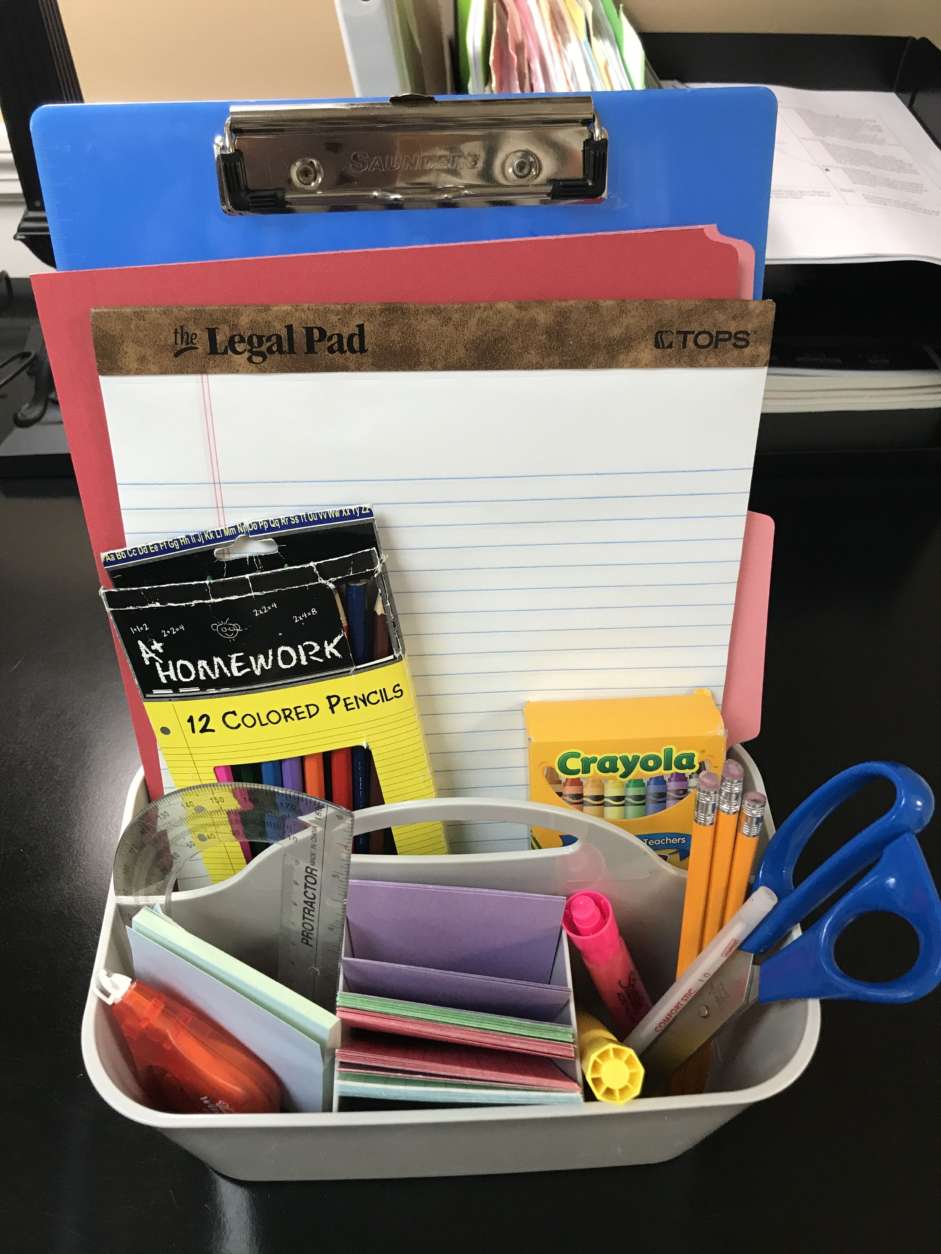
1. The Homework Caddy
Contrary to popular belief, homework does not need to be done at the same place day in and day out. In fact, research actually shows that varying locations has been shown to heighten attention.
So first, identify two or three areas that might be a fit for your child. Strike the bedroom from the list (it’s too hard for kids to focus in an environment that’s inherently distracting), but spots such as the dining room table, home office, or the kitchen table are all fair game.
Then enter: The Homework Caddy.
In order for kids to move from place to place, while keeping the “spread” of school supplies under control, consider portable supplies (a shower caddie works great).
Simply take the supplies you would typically have them keep in a desk in their room, or other permanent spot, and give them a new (portable) home in the caddie, so they can pick up and get to work wherever they decide to set up shop for the evening. (Courtesy Ann Dolin)
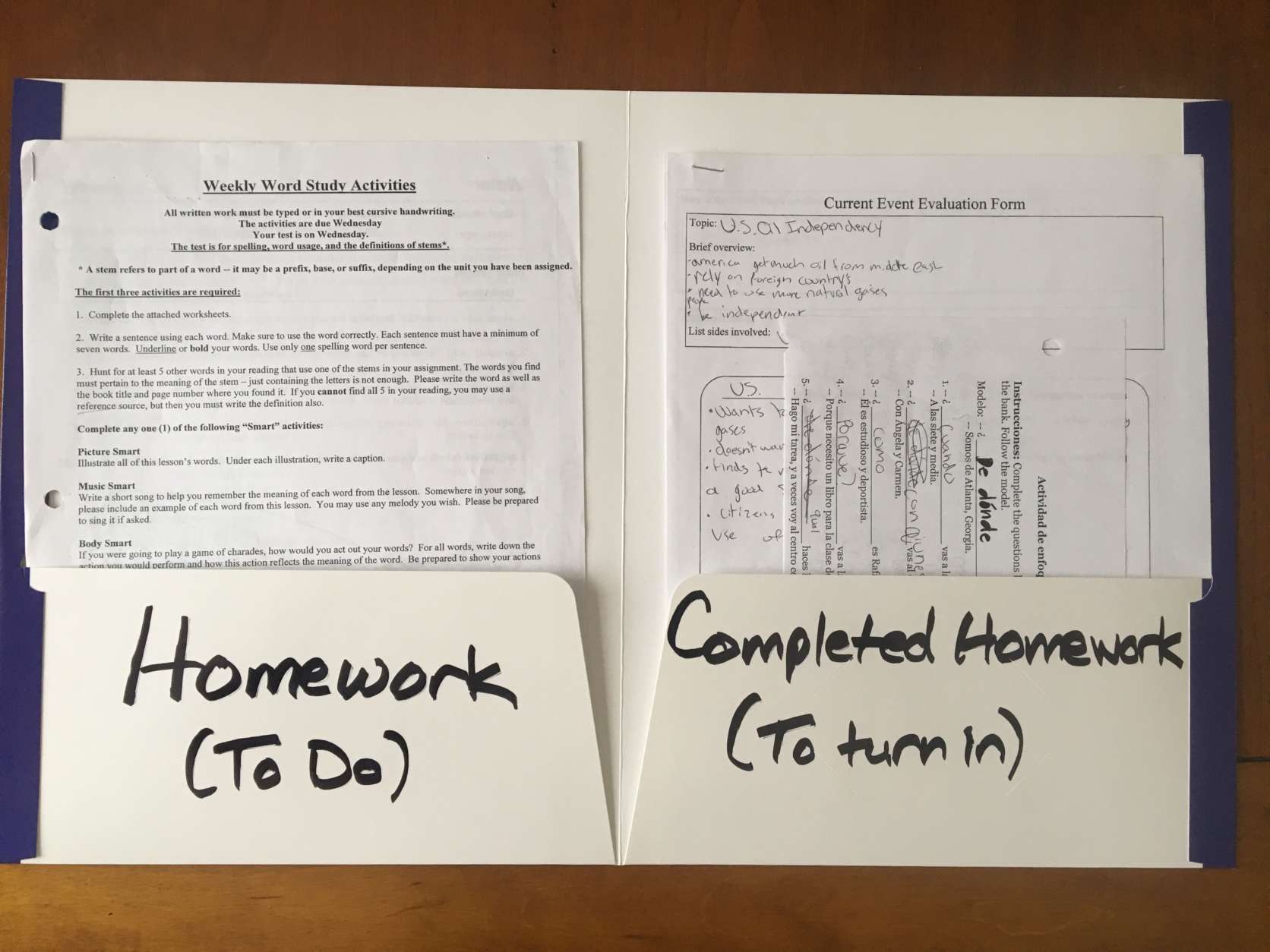
From the day the very first assignment is given — which might be the first day of class — a separate homework folder can help improve organizational skills.
A study of middle school students found that having a dedicated homework folder helped them locate their homework with more accuracy and turn it in on time.
Take a step further and label one pocket “To Be Completed” and one pocket “Completed,” so your child knows where to put their assignments, and be amazed at how “missing assignments” don’t seem to go missing anymore. (Courtesy Ann Dolin)
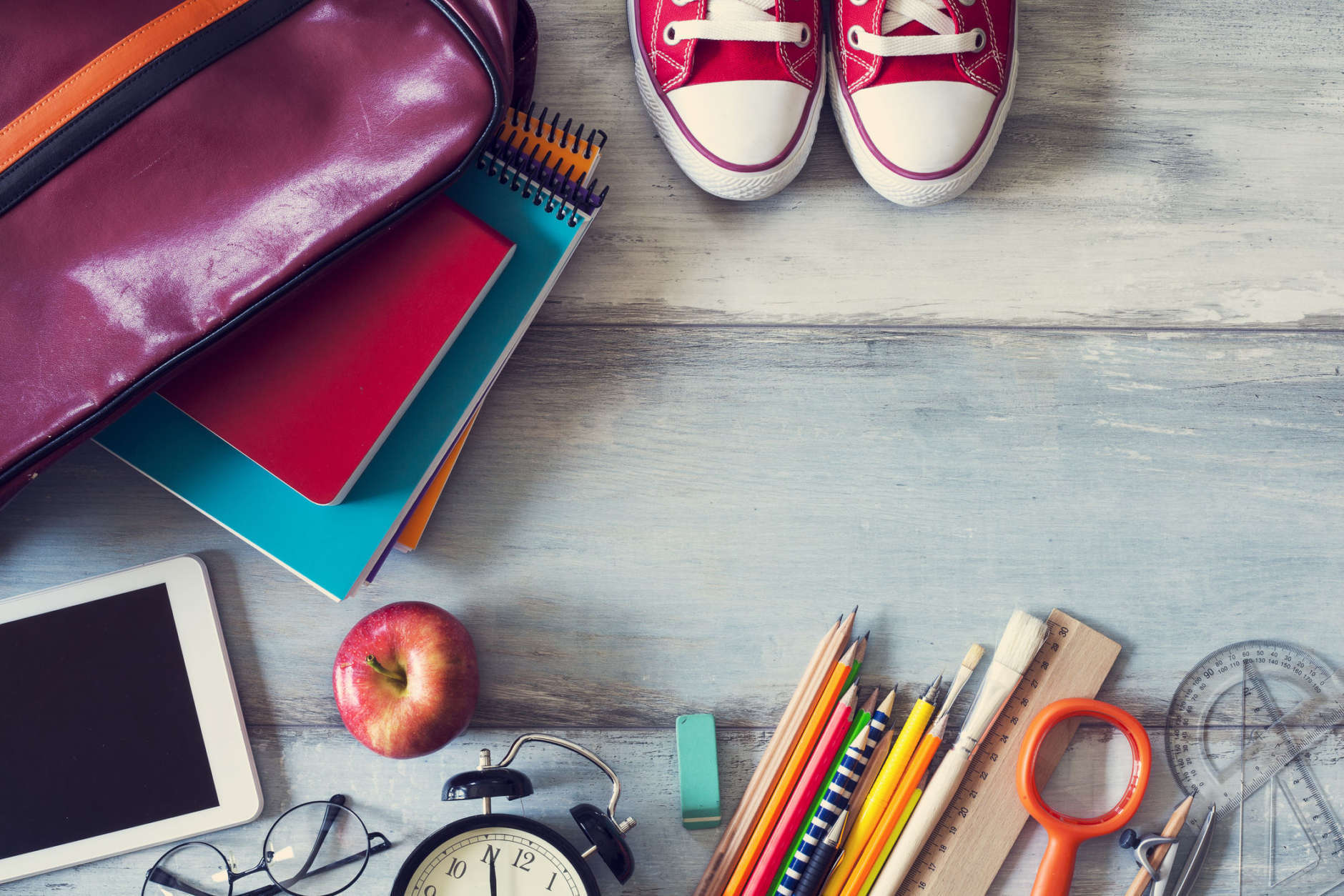
3. The Launching Pad
A launching pad is a contained space for everything related to school that needs to get out the door each morning. In essence, it “launches” your child into the day in an organized fashion, equipped with all the right essentials — backpack, lunchbox, library books, pens, pencils, you name it!
It can be a box, large basket or any container big enough to house your child’s school items. Put it in an area you know your child will see every day as he or she leaves the house. Encourage your child to get ready the night before by placing school items in the launching pad. (Thinkstock)
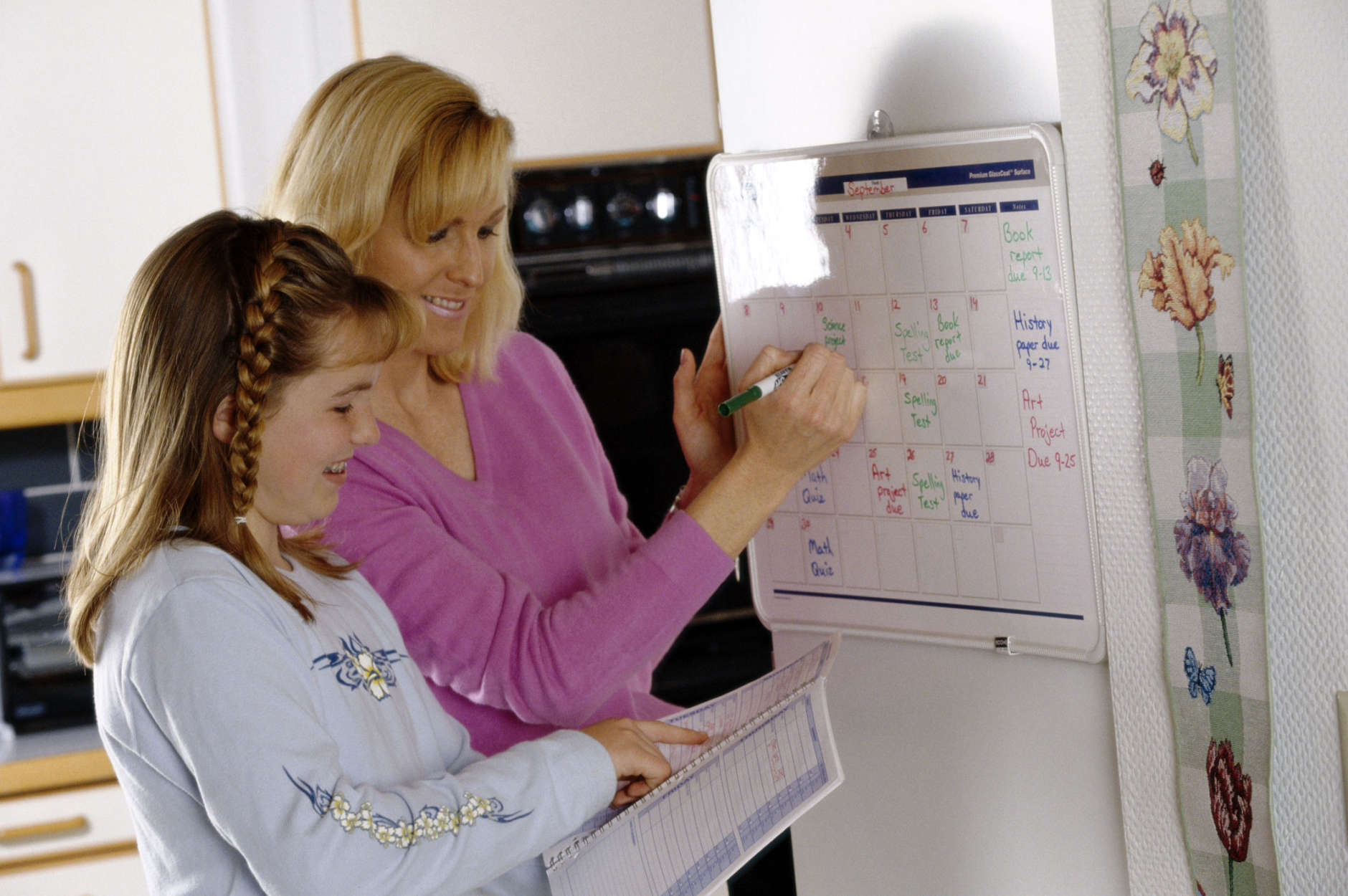
As much as we’d like to think we can maintain order throughout the year, all too often we end up back in disarray by the time we hit the second week of school.
So instead, we should expect (despite our best efforts) that things will get disorganized during the week, and arrange a weekly 20-minute session called the “Clean Sweep.”
During this time, everyone in the house drops what they’re doing and gets organized. This is the time kids use to sort and file papers, clear out binders and organize backpacks. Stick to this 20-minute session each week and you’ll see a real difference this year. (Thinkstock)

5. The “Tolerable Ten”
Need a tool to tame procrastination? Try the “Tolerable Ten.”
At times, students procrastinate because they can’t muster the energy to get started. Tackle this problem by encouraging your child to set a timer for just 10 minutes. The idea is that anyone can do anything for just 10 minutes.
Say to him or her, “Work and focus as hard as you can for just 10 minutes. Then you can take a break or keep on going.”
Most times, kids can keep going, but they need a sense of urgency to get started. Plus, a physical timer can create a game out of homework and studying, giving your son or daughter a sense of control over their sessions. And as a side effect, it’s a great way to train the “focus muscle.” (Thinkstock)

6. Sparkelize!
Yes, sparkelize! It’s a thing!
Many kids need visual reminders. After all, visuals are far superior to verbal reminders (aka nagging). These can come in the form of a checklist or Post-it note but here’s the thing:
If you have a checklist next to the door of things to remember before your child leaves (for example, the four things he needs to take to hockey practice), realize that this visual may need to be “sparkelized” if it’s been there for too long. Because after a while, it becomes “invisible.”
So to switch things up and make it different, try moving the note (even just six inches), rewriting the checklist on different colored paper or adding some “creative artwork” to it to add some flavor.
These small changes can make these visuals “sparkle” once again, and keep your (sometimes boring) routines fresh and engaging. (Thinkstock)
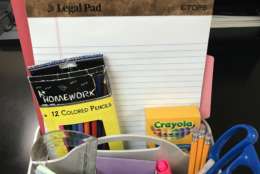
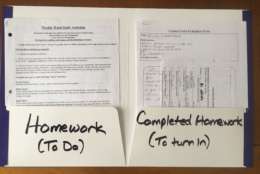

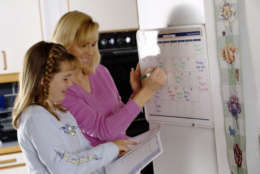

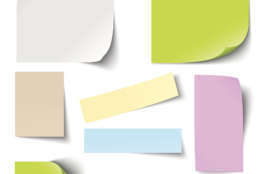
Now, there are plenty of ways to put these improvements into practice, so I encourage you to customize, mix and match with your family to pick out the ones that work for you in the way that works best with your existing routine.
Spend some time on these before the first day of school hits this fall, and kick off the new year with the tools in place to keep that momentum going.
Ann Dolin is a former public school teacher and the founder and president of Educational Connections Tutoring, which helps students throughout the D.C. area. She’s the author of the award-winning books “Homework Made Simple” and “A Parent’s Guide to Private Schools.”

